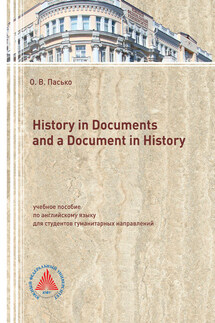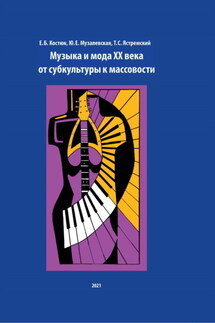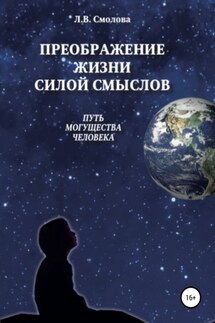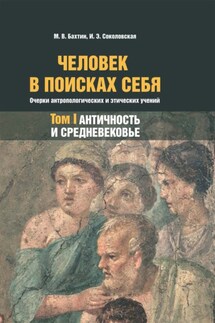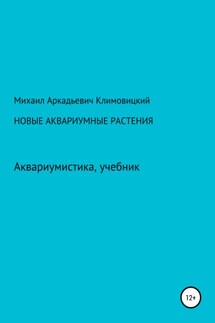History in Documents and a Document in History - страница 11
The collection of texts includes a variety of known commentaries and sutras, including discourses of Buddha. The condition of the scrolls indicates that they were already in poor condition. The bark has been used for centuries in India for writing scriptures and texts in various scripts. In Kashmir, early scholars recounted that all of their books were written on Himalayan Birch bark until the 16th century. The Bakhshali manuscript consists of seventy birch bark fragments written in Sanskrit and Prakrit. The text discusses various mathematical techniques.
A large collection of birch bark scrolls were discovered in Afghanistan during the civil war around the turn of the last century. The approximately 3,000 scroll fragments are in Sanskrit or Buddhist Sanskrit, using Brāhmī script, and date to a period from the 2nd to 8th century CE. Birch bark is still used in some parts of India and Nepal for writing sacred mantras.
On July 26, 1951, during excavations in Novgorod, a Soviet expedition led by Artemiy Artsikhovsky found the first Russian birch bark writing in a layer dated to AD 1400. Since then, more than 1,000 similar documents were discovered in Staraya Russa, Smolensk, Torzhok, Pskov, Tver, Moscow, Ryazan, although Novgorod remains by far the most prolific source of them. In Ukraine, birch bark documents were found in Zvenigorod, Volynia. In Belarus, several documents were unearthed in Vitebsk and Mstislavl.
Although their existence was mentioned in some old East Slavic manuscripts, the discovery of birch bark documents significantly changed the understanding of the cultural level and language spoken by the East Slavs between 11th and 15th centuries. According to scientists most documents are ordinary letters by various people. The letters are of a personal or business character.
Additionally, there are birch bark letters written in modern times, most notably by victims of the Soviet Regime. People in forced settlements and GULAG camps in Siberia used strips of birch bark to write letters to their loved ones back home, due to inaccessibility of paper. Examples of these letters from Latvian victims of the Soviet regime are currently being considered to be included in the UNESCO “Memory of the World” heritage list.
Notes:
Common Era or Current Era (CE) is a year-numbering system (calendar era)
for the Julian and Gregorian calendars that refers to the years since the start of this era, that is, the years beginning with AD 1. The preceding era is referred to as before the Common or Current Era (BCE).
2. Answer the following questions:
1) What is a birch bark manuscript?
2) What were the oldest birch bark manuscripts?
3) How long is the longest birch bark scroll?
4) Where were the Buddhist birch bark texts stored?
5) On which side of the scroll were birch bark written?
6) What helped to hold birch bark scrolls together?
7) What for did the people in India use the bark?
8) When and where was the largest collection of birch bark scrolls discovered?
9) Where and when were the first Russian birch bark documents found?
10) What other places were birch bark manuscripts found?
11) Why was the discovery of Russian birch bark documents important?
12) Who wrote birch bark letters in modern times?
3. Find the English equivalents in the text:
4. Match the words on the left with their definitions on the right.
